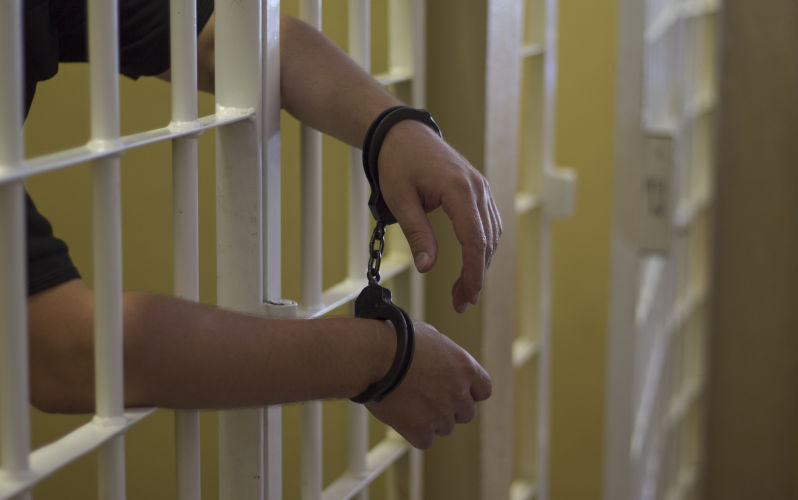Stop pretending punishment works
November 19, 2025
When Premier Jacinta Allan is photographed proudly advancing Victoria’s Treaty process, she is rightly praised.
But in the same breath, her government is expanding some of the most punitive youth justice policies in recent Victorian history, including proposals that would allow children to be sentenced like adults, even to life terms. It is difficult to reconcile these two political projects: a commitment to self-determination on the one hand, and a deepening of carceral power over the very communities Treaty claims to uplift on the other.
This contradiction is not accidental. It is the predictable outcome of a political system that seeks reconciliation rhetorically while reinforcing the material structures that have always controlled, contained, punished and dispossessed Aboriginal communities. And as the Victorian Aboriginal Legal Service bluntly stated in response to the premier’s youth sentencing agenda: “Victoria is becoming a cruel and unforgiving state where children cannot make a mistake.”
The government insists harsher penalties will deter violence, but this claim has been refuted by every credible study for decades. The Victorian Sentencing Advisory Council has shown that “there is no proven correlation between the level of punishment and the incidence of crime”, and that increasing severity does not reduce offending. The evidence is even clearer for young people: children are not rational cost-benefit calculators. Their brains are still developing; they act impulsively, under pressure, or in crisis. Crofts, Delmage and Janes (2023) describe them as lacking the “insight, judgment and self-control” assumed by deterrence theory.
A 2009 NSW study of 395 juveniles found no difference in re-offending between those given detention and those given non-custodial sentences. Internationally, a review of 27 rigorous studies found only two that supported specific deterrence, while 11 showed that prison actually made people more likely to re-offend.
In other words: longer sentences don’t deter, they harm. Abolitionists have long argued that prisons are not broken, ineffective or misguided. They are working exactly as intended: to manage social problems through punishment rather than through care, to treat poverty as crime and to maintain the state’s power to decide which lives are disposable.
Under colonialism, the criminal justice system was central to the control of Aboriginal people, and it still is. Expanding carceral punishment for children while platforming Treaty reflects a core truth: governments are comfortable talking about reconciliation only if the structures of punishment remain intact. That is why VALS warns that these reforms will deepen over-policing and over-incarceration of Aboriginal children, the very children the government claims to honour through its commitment to self-determination.
Punishment expands when governments defund the social supports that actually prevent harm.
The Allan Government’s punitive turn cannot be separated from its budgetary choices. In 2024–25, Victoria cut or constrained funding across:
- TAFE and public education, including frontline teaching supports;
- Public housing, delaying or deferring long-promised builds;
- Youth services and community legal centres, including culturally safe supports; and
- Mental health and drug treatment programs promised under the mental health reform agenda.
At the same time, the government increased investment in prisons, police, surveillance infrastructure and the justice system. This is how the carceral state expands: by defunding the conditions of safety (housing, schools, income support, healthcare) and replacing them with the performance of safety, police, punishment and prisons. It is easier for a government to appear decisive by promising to “get tough on crime” than it is to build the slow, unglamorous infrastructure of early intervention and prevention.
Deterrence is a political story, not an evidence-based strategy for safety. Deterrence remains politically powerful because it allows governments to signal control, resolve and moral clarity. But as the Victorian Sentencing Advisory Council notes, imprisonment for young people is often criminogenic, it “creates a criminal learning environment”, reinforces criminal identity and severs the ties that prevent offending.
Young people emerging from detention often leave school, lose housing, lose employment pathways and gain a label they are expected to live up to. A child who is imprisoned is not being rehabilitated, they are being written into a long-term script of criminalisation. When governments insist that harsher sentences will keep us safe, they are telling a story that comforts the public but abandons children.
If we accept the evidence, that punishment does not deter and prison does not rehabilitate, then the question becomes: what does create safety? The answer is not mysterious. It is the same answer found in every study of youth crime prevention; in every community-led initiative that has reduced violence; in every Aboriginal-led model of justice.
Safety is created by:
- Stable, safe, affordable housing;
- Strong public education and pathways into employment;
- Culturally safe services for Aboriginal children;
- Youth centres, recreation, mentorship and connection;
- Alcohol and drug treatment, family services and crisis support;
- Income security; and
- Community-led justice approaches, such as Koori Courts and Balit Ngulu.
Victoria now stands at a crossroads. It can continue down the path of punitive politics, punishing children, fuelling incarceration, ignoring evidence and widening racial inequality, or it can invest in the social, educational, housing and cultural foundations that actually prevent harm. The premier cannot have it both ways. She cannot embrace Treaty with one hand and expand life sentences for children with the other. One path leads toward self-determination; the other leads back to the logic of the Mission, the Welfare Board and the Youth Training Centre.
If Victoria is serious about safety, real, material, lasting safety, it must abandon the comfort of punishment and invest in the conditions that allow children to thrive. Long sentences don’t deter. They don’t heal. They don’t prevent harm. They only keep the carceral machinery turning.
The views expressed in this article may or may not reflect those of Pearls and Irritations.
